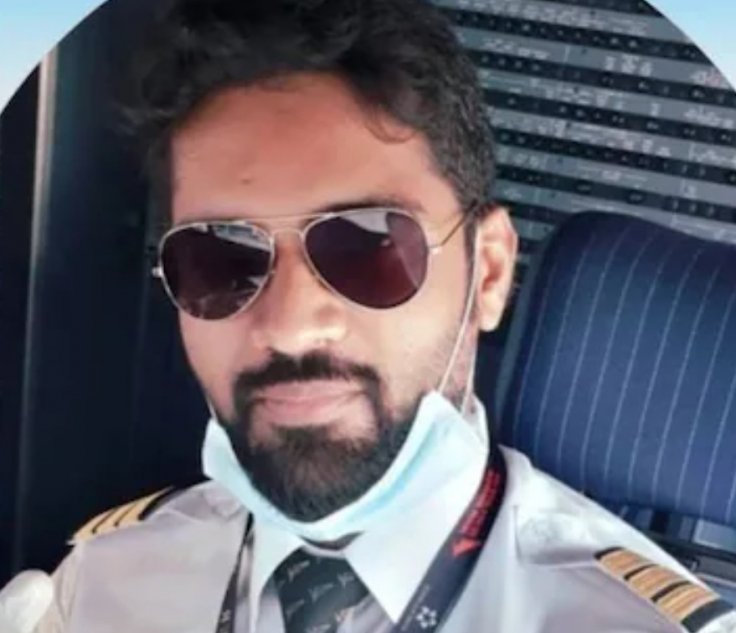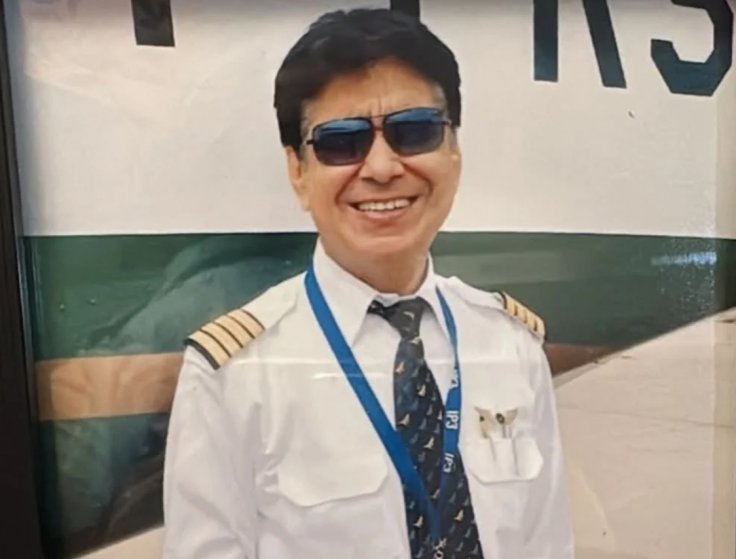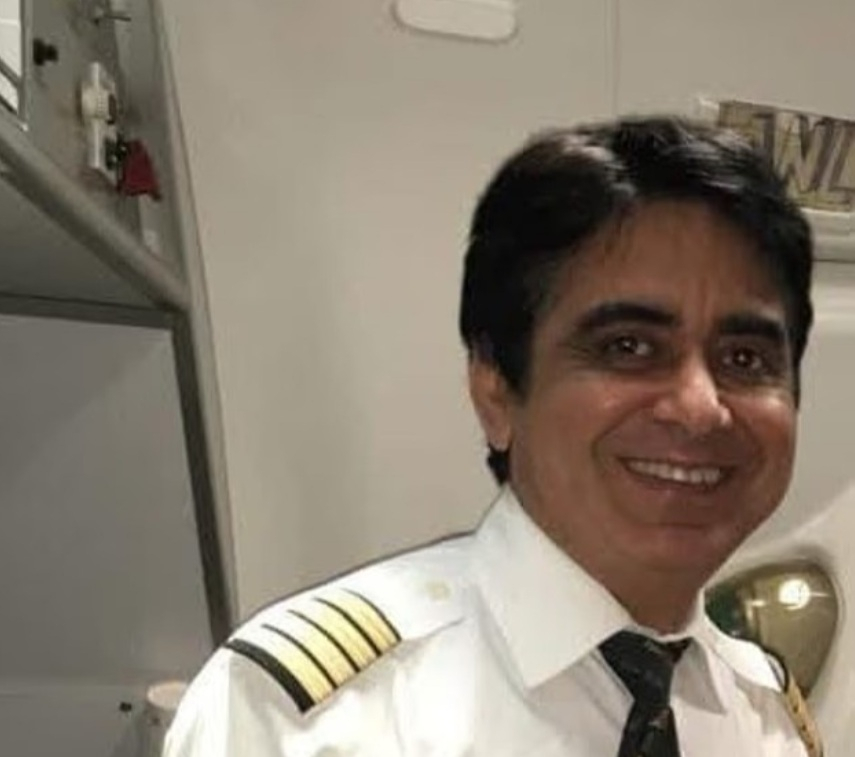The captain of Air India Flight 171, which crashed in Ahmedabad last month claiming 241 lives, handed control of the aircraft to the first officer before takeoff, sources have claimed citing information retrieved from the black boxes.
Captain Sumeet Sabharwal told First Officer Clive Kunder, “The plane is in your hands,” two Western sources familiar with the cockpit recordings told Corriere della Sera. While the sources noted that it is not uncommon for a first officer to handle takeoff, three pilots consulted by the outlet said this would have allowed the captain to operate “undisturbed.” This comes amid a preliminary investigation report that the plane’s fuel supply was cut off.
Flight Was Under First Officer’s Control
X
U.S. pilots who reviewed the newly released preliminary report on the crash believe that Kunder would have been under immense pressure while flying the aircraft at the time. The plane took off at 1:38:39 p.m. and remained in the air for only about 30 seconds before losing engine power and crashing into a residential building, killing 19 people on the ground and all but one passenger onboard.
The preliminary report revealed that just before the crash, two fuel control switches were changed from ‘Run’ to ‘Cutoff,’ cutting off the engines’ fuel supply. There was visible confusion in the cockpit, followed by frantic efforts to switch the controls back.

X
According to Corriere della Sera, their sources said Kunder could be heard asking Sabharwal, “Why did you shut off the engines?” Another microphone reportedly captured a vague denial in response: “I didn’t do it.”
The outlet added that Kunder, appearing “unconvinced”, repeated the question multiple times within a span of six seconds.
A separate source, briefed on the preliminary assessment by U.S. investigators, told Reuters that Kunder specifically questioned Sabharwal about switching the fuel controls to ‘Cutoff,’ which led to the engines being deprived of fuel.

X
Based on the cockpit voice recordings, officials believe the evidence points to the captain as the one who cut off the engines’ fuel supply.
The report, released by India’s Air Accident Investigation Bureau, did not suggest whether the action was intentional or accidental. India’s aviation minister has urged the public to avoid speculation, noting that a full report will be issued next year.
Speculation Over Captain’s Role
The report comes after investigators looked into the pilots’ health records, with claims that Sabharwal had a history of depression and mental health concerns. Notably, the switches involved had a locking mechanism that required pilots to lift them before moving —accidentally turning the off is impossible, as they were not simple push buttons.

X
The investigation into the devastating crash has now turned its focus to Sabharwal’s behavior.
Captain Mohan Ranganathan, a leading aviation safety expert in India, revealed that multiple Air India pilots had allegedly confirmed that Sabharwal, an experienced pilot, had suffered from poor mental health.

X
In an interview with The Daily Telegraph, Ranganathan stated, “He had taken time off from flying in the last three to four years. He had taken medical leave for that.”
It is also reported that Sabharwal had been on bereavement leave after his mother’s death. However, according to Ranganathan, he had been “medically cleared” by Air India before the deadly crash last month.
A former colleague of Sabharwal in Mumbai described him as a “thorough gentleman” and shared with the publication that Sabharwal had been thinking about taking early retirement within the next couple of years to care for his 90-year-old father.

X
Meanwhile, co-pilot Clive Kunder, aged 28, had logged over 3,400 flying hours during his relatively brief career.
The Telegraph reported that while Air India declined to issue an official statement, a representative from its parent company, Tata Group, told the outlet that Sabharwal had not taken any medical leave. The preliminary investigation report also failed to uncover any major findings.
Officials said that both pilots had successfully passed the Class I medical examination within the past two years, a test that assesses their mental and physical fitness.

X
According to the report, both pilots had received sufficient rest prior to the flight and passed the breath analyzer test, confirming they were ‘fit to operate.’
The aircraft was not carrying any hazardous materials, and its weight was within the permissible range.
Fuel samples taken from the aircraft’s tanks were tested and found to be of acceptable quality, and there was no notable bird activity detected along the flight path.




